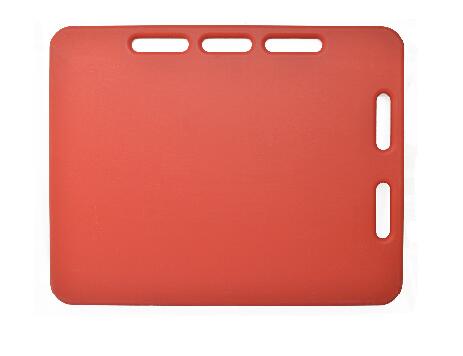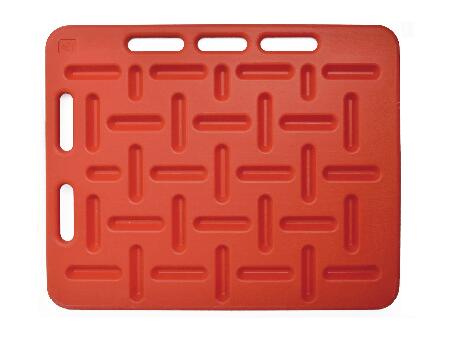Blight spot disease is the primary disease in the production of Stevia rebaudiana in Dongtai. With the extension of planting years, the disease has been aggravated in recent years, which seriously restricts the increase of yield and quality of Stevia rebaudiana.
Stevia leaf blight is a fungal disease. Brown spots appear on the leaves at the early stage of disease, and then expand into angle spots or near-circular spots. Multiple black spots occur at the later stage (spores of pathogenic bacteria). The diseased plants started from the lower leaves and gradually expanded to the upper leaves, resulting in early defoliation.
From the point of view of the incidence in recent years, there are several aspects of occurrence of Stevia blight of Dongtai. First, the area is large, and almost all the fields where Stevia is planted have varying degrees of pathogenesis. The second is the long-term hazard cycle, Stevia can be the incidence of the whole growth period. In the autumn cuttings, the pathogens can enter the seedbed and spread the damage through the diseased leaves on the cuttings. The onset of seedlings is mild during the cold season in winter and spring. After the spring planting, the diseases increase with the increase of temperature and rain, and the disease will enter the proliferation hazard from June to July. Peak period. After the harvest of Stevia rebaudiana, new branches and leaves of the second crop will also develop, but the damage will be less than that of the head. Third, there is a difference in the degree of disease among breeds. Strong branches, such as Shoutian No.2, have a significantly higher incidence than Shoutian No.3, which has a strong top edge.
To prevent and treat Stevia Blight, we should pay attention to crop rotation, strengthen management, and timely carry out chemical control. (1) Changing crops for rotation: The seedbeds should be carefully selected to reduce the spread of the bacteria source with the seedling soil and try to select disease-free cuttings. Non-repeated plots are selected for planting, and when conditions are met, field crops should be implemented in paddy fields. (2) Strengthen field management: Deeply turn over fields and soil, and open up three ditch in the field. Water is mainly around the rhizosphere, and it is not possible to flood the area with plenty of water. It is timely to reduce the humidity and clear the debris. (3) Chemical control: When the climate is suitable, the application of pesticides should be promoted in advance, and medication should be administered continuously in the field after sporadic illness. Can be used alternately difenoconazole, fluorosiliconazole, thiophanate-methyl, chlorothalonil and other drugs. Some varieties of stevia are sensitive to mancozeb, thiophanate-methyl, and other drugs. They must be tested in small areas before use, and they can be used after determining safety.
The lightweight, but very durable, Pig Sorting Panel produced by Honde is made of high-quality hard plastic to help workers easily move livestock such as pigs and sheep. We designed a product with circular holes in the top and side of the pig Sorting Panel, which made the operation of the pig sorting panel easy. The pig sorting panel is available in three different sizes, the largest size is 121 * 78mm and the weight is only 6.3kgs. If your order is large enough, we can also produce according to the drawings you provide. the pig sorting panel is ideal for large-scale farming equipment. Our pig sorting panel is light, small and ideal for young employees who can work with ease.


Pig Sorting Panel
Pig Sorting Panel,Red Pig Sorting Panel,Plastic Pig Sorting Panel,Hard Plastic Panels For Pig,Sorting Panel,Sorting Hog Panels,Pig Sorting Board
HuangHua FengYi Honde Metal Factory , https://www.farrowingcratesfromchina.com